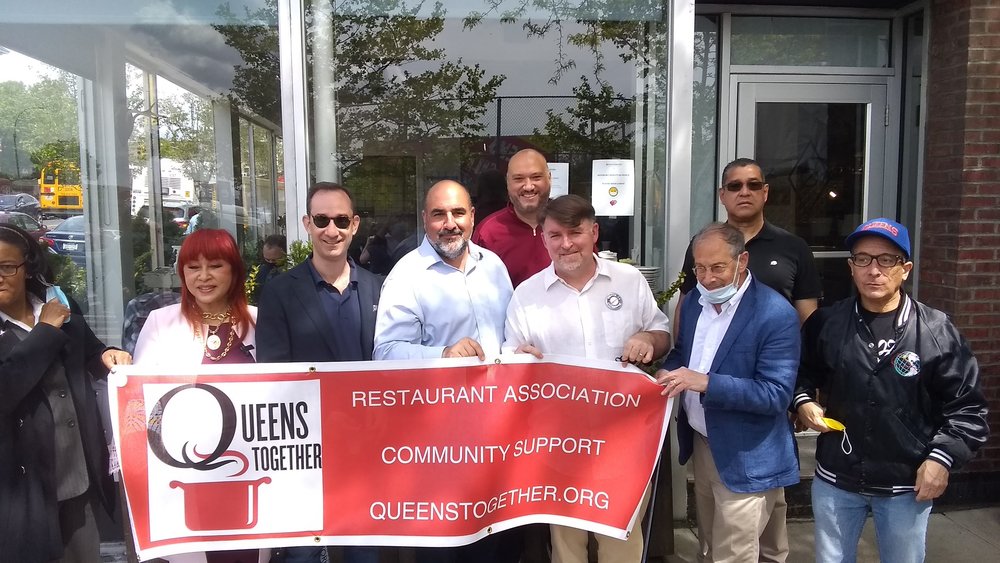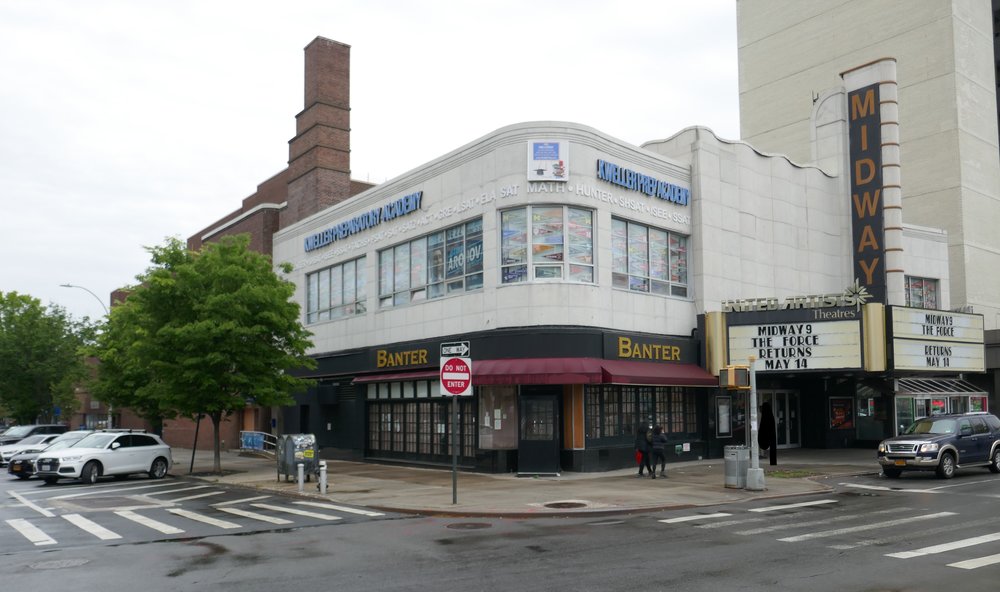Rediscover Forest Park’s living monument
Just over 100 years ago, a beautiful tradition was launched in Forest Park. It was the creation of a living, breathing memorial to 70 young men from Woodhaven who lost their lives in World War I.
Although our country’s time in the war was brief, we suffered many casualties and Woodhaven was hit very hard. Week after week, the front page of the Leader-Observer announced the names of the newly dead and wounded.
It was a dramatic turnaround from the early days of our involvement in the war, when the newspapers and the public were quite enthusiastic, sending our young men off with rousing cheers and festive parades.
In the days and months after the war ended, residents of Woodhaven wanted to create a unique monument to the young men whose lives were lost. The idea they finally settled upon was original indeed, and the press stated that it was the first of its kind in the United States.
In May of 1919, 53 trees were planted along the road entering Forest Park at Park Lane South and Forest Parkway, each to honor a soldier that perished. Over time, as more names were added to the Honor Roll, the number of trees grew to approximately 70.
And every Decoration Day (as Memorial Day was originally known), families would gather in Forest Park and decorate the memorial trees. A large granite monument with a plaque listing the names of the dead was erected atop that hill, across from the golf clubhouse.
The residents of Woodhaven referred to that hill as Memorial Knoll, and the annual parade would end there among the memorial trees.
Chairs would be set out on the lawn in front of the clubhouse and hundreds and hundreds of veterans, family members and residents would march up that hill to pay tribute to the dead.
According to reports in the Leader-Observer, veterans from the Civil War marched up that hill and took part in ceremonies.
It was a beautiful tradition that faded away due to a series of events triggered by the widening of Woodhaven Boulevard in the late 1930s and early 1940s.
The American Legion headquarters sat on the old Woodhaven Avenue, and it had to be torn down to make way for the ten-lane Woodhaven Boulevard.
The city reimbursed the Legion and they built a new headquarters at 88th Avenue and 91st Street behind PS 60, where it sits today.
And since they had a nice new building with a lovely front yard, they decided to move the monument from Forest Park to its current location. If you’ve ever been to a WRBA meeting or at the senior center, then you’ve seen this monument. It’s still there, listing the names of these young heroes.
But once the monument was moved the parade route was switched, and as families moved away or died off or just plain forgot, the tradition of decorating the trees disappeared.
But the trees are still there.
Sure enough, time has been harsh to the trees and many of them have fallen, but quite a few of these trees have passed the century mark. They still stand proudly on Memorial Knoll high above Woodhaven.
The Woodhaven Cultural & Historical Society and American Legion Post 118 worked together to revive the tradition of decorating the trees in 2015. They have been decorated every Memorial Day since then.
It’s a beautiful walk, and as the road from the bandshell to Oak Ridge is still currently closed to vehicular traffic, it’s a walk that can really be savored and enjoyed.
If you’re going to get out and walk in the park any time soon, please consider making Memorial Knoll a part of your route.







